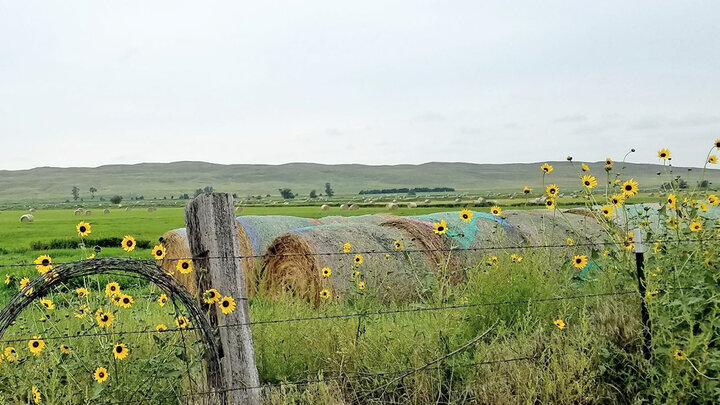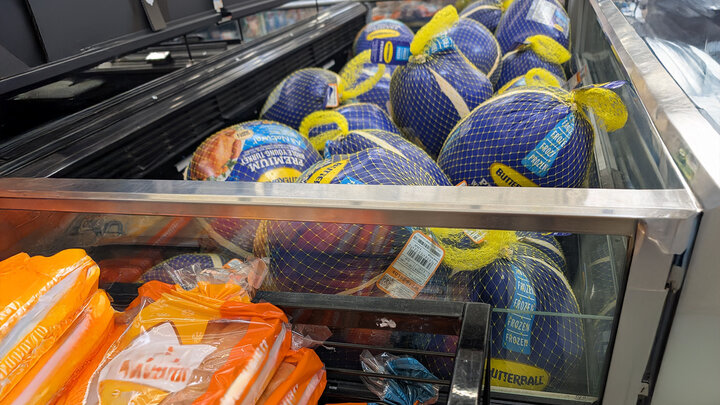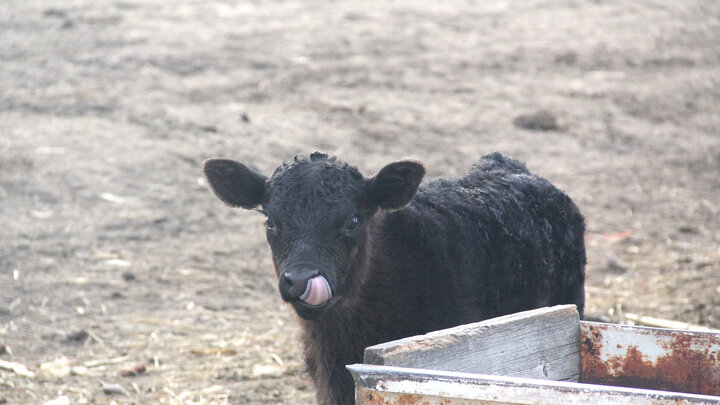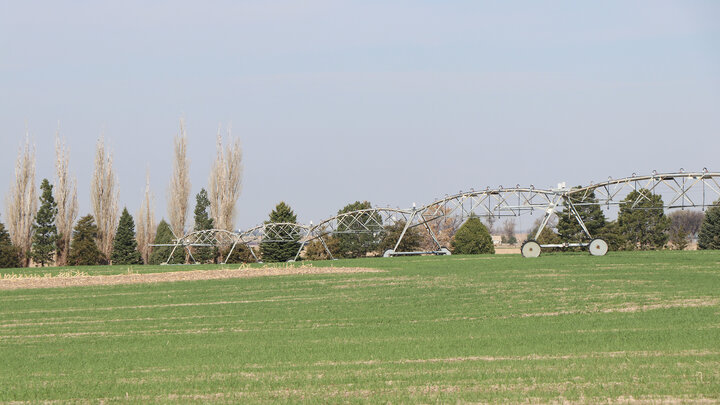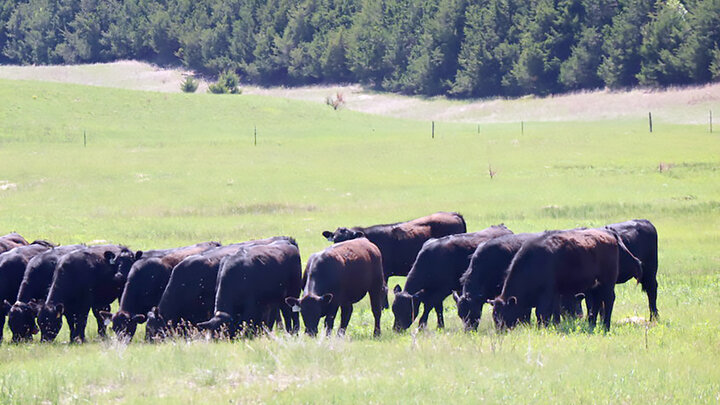In Canada and across the Northern Great Plains, bale grazing has become a well-established winter-feeding strategy. However, adoption in Nebraska remains limited. Producers who practice bale grazing often point to lower feed delivery costs, reduced labor needs, and better nutrient distribution from manure and urine as key benefits.
Research Overview
Kevin Sedivec, Professor, Range Science Program, North Dakota State University (2018) examined the effects of bale grazing vs. summer grazing on forage production, forage quality, and soil health across four North Dakota ranches. Sites included clay-pan, thin loamy, loamy, and shallow gravel ecological zones, and all treatments were applied to smooth brome hayfields and pastures.
Key Findings
- Forage production: Eighteen months after grazing, grass yield increased at 0, 5, and 10 feet from bale centers compared to summer grazing.
- Forage quality: Six months after treatments, forage crude protein (CP) was higher within 10 feet of bale centers. Forage phosphorus was also greater at 0 and 5 feet.
- Soil nutrient profile: Soil NO3-N, phosphorus, and potassium were elevated 6- and 18-months following bale grazing compared to summer grazing. However, soil organic matter did not differ between grazing treatments.
Practical Considerations
- Site selection: Avoid bale grazing on native range or newly seeded hayfields and pastures. Additionally, bale grazing can create “hot spots” of nutrients, so utilization of riparian areas is not recommended. Bales can introduce weed seeds or invasive species, so focus instead on existing hayfields or improved pastures.
- Nutrient management: If soil fertility or productivity is already adequate, consider other winter-feeding options, such as windrow grazing, to reduce concentrated nutrient deposition.
- Bale spacing: Adjust bale spacing based on your nutrient goals. Spacing bales roughly 40 feet apart provides a relatively uniform nutrient distribution.
- Weather management: In wetter climates, place bales on their sides to reduce nutrient leaching. In dryer climates, placing bales on end can reduce time required to unwrap bales prior to grazing.
- Feed allocation: Use temporary fencing to ration feed, allowing cattle access to 2–5 days’ worth of feed at a time. This helps control waste and reduce labor.
- Cow condition: Monitor body condition scores (BCS) throughout winter. Depending on bale nutrient content, weather conditions, and stage of gestation, cows may require additional energy supplementation.
Bale grazing can be an effective strategy to reduce feeding costs while improving soil fertility in low-productivity hayfields or improved pastures. Compared to feeding in drylots, bale grazing can be accomplished with less machinery and labor costs, while concentrating nutrients from manure and urine in the field.
When implemented on appropriate sites and under suitable winter conditions, bale grazing offers a practical, low-cost option for delivering feed to livestock and improving nutrient capture on soils, where it can be utilized to grow additional forage for cow-calf operations.
